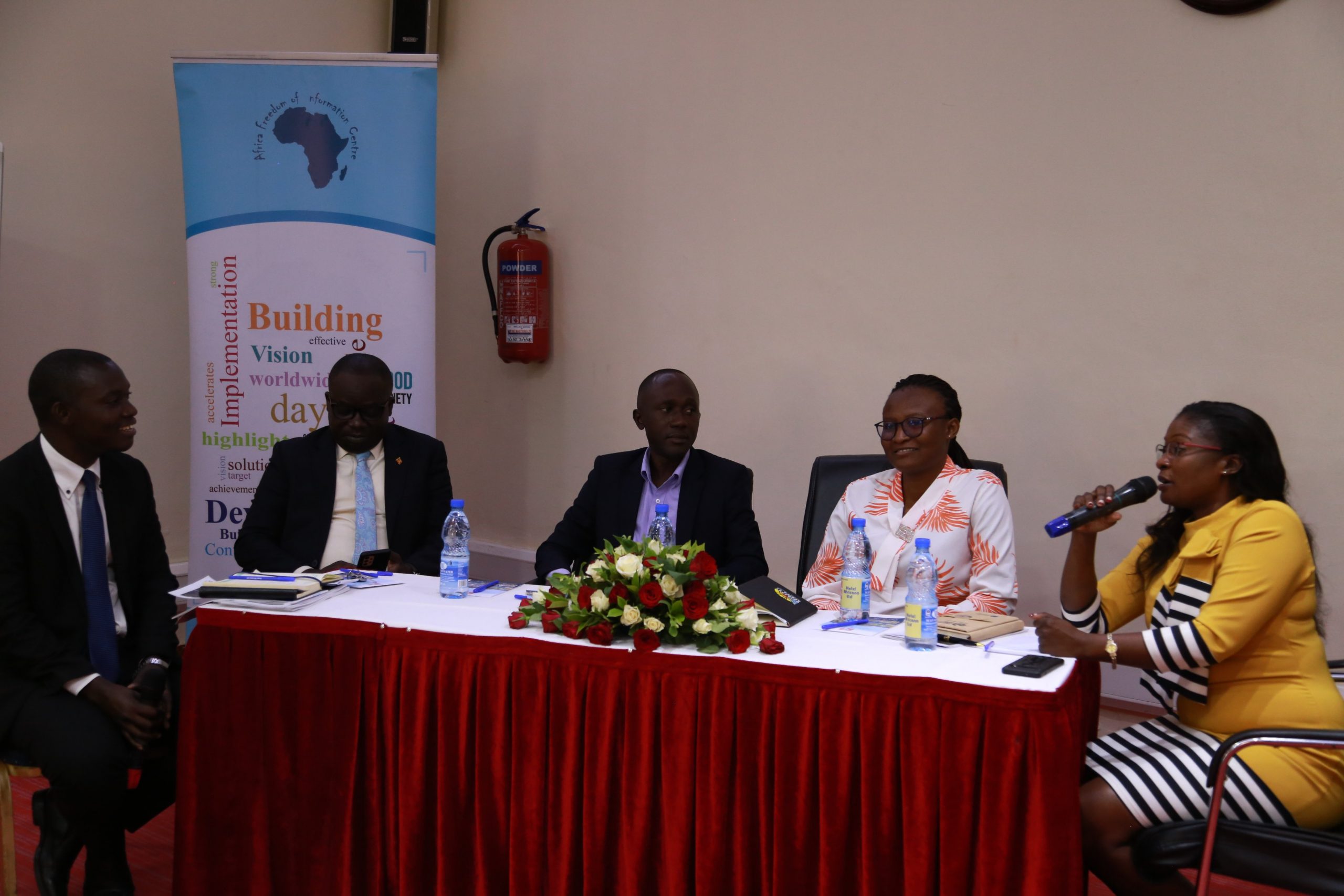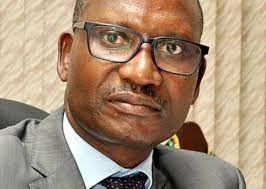TRANSPARENCY: CoST Uganda Commissions 2nd Infrastructure Transparency Index
By PATRIK JARAMOGI
KAMPALA, Uganda [SHIFTMEDIA NEWS] Scores of female journalists are sexually harassed at their places of work, a new study as revealed.
The study: ‘The Gendered Dimensions of Journalists’ safety in Kenya, Tanzania and Uganda based on UNESCO Journalist’s Safety was conducted by Africa Freedom of Information Centre (AFIC) and facilitated by the UNESCO International Programme for the Development of Communication.
While releasing the findings at Hotel Africana on Tuesday August 22, 2023, Brian Mutebi the lead researcher noted that both male and female journalists work under perceived threats to safety. He said the findings from Uganda revealed that male journalists experience more physical harm, while their female counterparts face cyberattacks, sexual harassment, and body shaming. “Late work hours expose them (female journalists) to marital conflicts and security risks,” said Mutebi.
The study indicated that much as media stakeholders understand the threats, they have limited ability to act. Mutebi highlighted safety risks evidenced in the newsroom, outside the newsroom and online.
“Sexual harassment (toxic masculinity) against the female journalists occurs in many forms in the newsroom, while online, forms of cyber-attacks against their privacy are more rampant,” said Mutebi.
He said between 2016-2021 a total of 885 cases of journalist harassment and intimidation had been recorded, noting that many cases remain unreported. “In Uganda we did observe that journalists who are engaged in investigative stories always have their phones tracked, and trailed physically,” he said. He said social media influencers and content creators have been exposed by having their social lives leaked to the public to silence them. “All in all, journalist safety still remains a salient issue in Kenya, Uganda and Tanzania,” said Mutebi.

Peter Okello Jabweli, a veteran journalist, lawyer and Vice Chairperson Uganda Media Council concurred that sexual harassment exists in newsroom. “I have been in the newsroom before, and I must say, sexual harassment occurs in the newsroom. You find media managers, to editors and managers harassing young female journalists promising them either promotion, pay rise or staff positions,” said Jabweli. He however said much as this exists, some female journalists are also to blame for dressing seductively, and in a provocative manner while in the presence of men in the newsroom.
“The other issue is the financial wellbeing of the media practitioners. Majority are paid peanuts and end up soliciting for transport refund to make ends meet. I know of some female journalist who harass their sources sexually in return for money,” said Jabweli. He advised the media owners who can’t pay their reporters well be closed.
He also called for accreditation and regulation of all journalists under the Media Council so as to harmonize operational and payment terms.
Sylvia Nankya, the Editor Uganda Radio Network (URN) and Secretary the Editors Guild, noted that for the decades she has been in the newsroom she has not received a formal complaint from and female journalist regarding sexual harassment. “If you are a female journalist in the newsroom and a male counterpart touches your nyash (bums) report to the immediate supervisor, but if you don’t, then we assume perhaps you are enjoying the male touches,” she said.
Nankya noted that it becomes difficult to reprimand offenders when the cases of sexual harassment are reported in workshops and other forums outside the newsroom.
“We also need to empower the women journalists to report cases of sexual harassment in the newsroom,” said Nankya.
Gilbert Sendugwa the Executive Director Africa Freedom of Information Centre noted that study unveils the distressing reality of gendered dimensions within journalists’ safety conducted between 2016-2021.
“The study based on UNESCO journalists’ safety indicators brings to light the challenges faced by journalists, particularly females, in Uganda. This includes physical harm, cyberattacks, sexual harassment, and conflicts,” said Sendugwa.
He observed that despite knowledge of the threats, the capacity of media intermediaries and stakeholders is limited.








